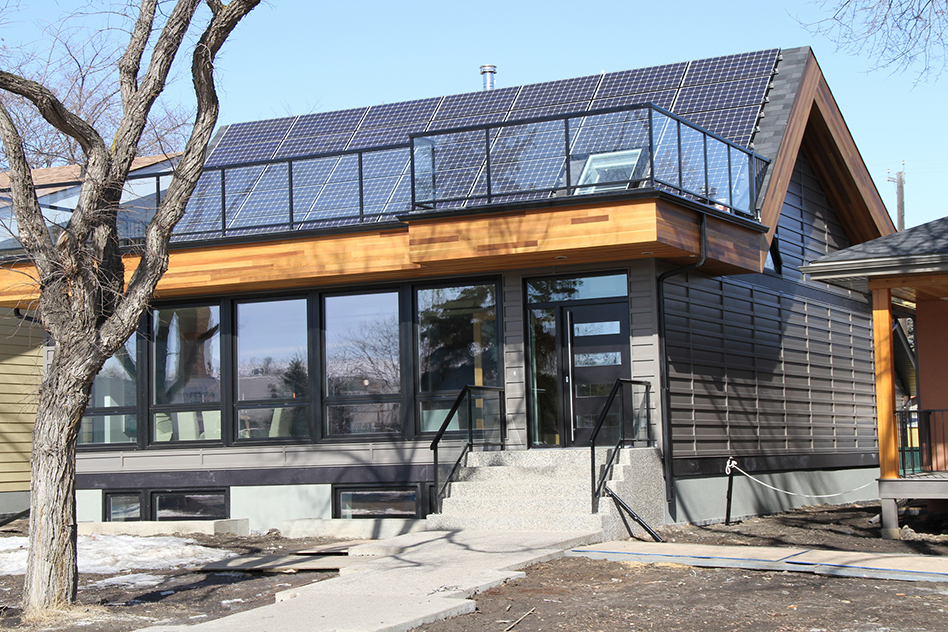
To avoid the most serious and permanent damage from climate change, from catastrophic sea-level rise to devastating droughts, and do so at the least cost, the world will need to reduce net human-caused carbon dioxide (CO₂) emissions to zero ASAP. Getting to net-zero emissions in a timely manner will require the development of technologies and policies aimed at decarbonizing human activities rapidly and economically, with ambition far exceeding that of the initial pledges of the Paris Agreement. Is the world up to the task?
In an article just published in the Milken Institute Review, MIT Sloan School of Management Professor Emeritus Richard Schmalensee—former director of the Center for Energy and Environmental Policy Research (CEEPR) and a Joint Program faculty affiliate—highlights three main obstacles that he believes must be overcome in order to reach this goal: growth in emerging economies, intermittency in the renewable electricity supply, and diversity of emissions sources.
Schmalensee argues that a major increase in research and development funding will be needed to enable emerging economies to achieve significant economic growth that is also carbon-free. Such funding, along with carbon pricing, will be necessary to advance zero-carbon energy technologies that are affordable and deployable at large scale. He explains that overcoming the intermittency problem of leading zero-carbon technologies such as wind and solar could be achieved through the development of batteries and other energy storage technologies, along with non-intermittent, zero-carbon generation technologies such as carbon capture and storage (CCS)—as long as these solutions can be implemented economically. Finally, Schmalensee points out that the world will need to decarbonize not only electricity generation but also transportation, industry and construction, and all other sectors, most likely through a growing reliance on carbon pricing.
Built by Effect Homes, this net-zero house incorporates optimized passive solar energy, strategic shading, a concrete floor to store heat during daytime hours, and other features. (Source: Green Energy Futures - David Dodge)

